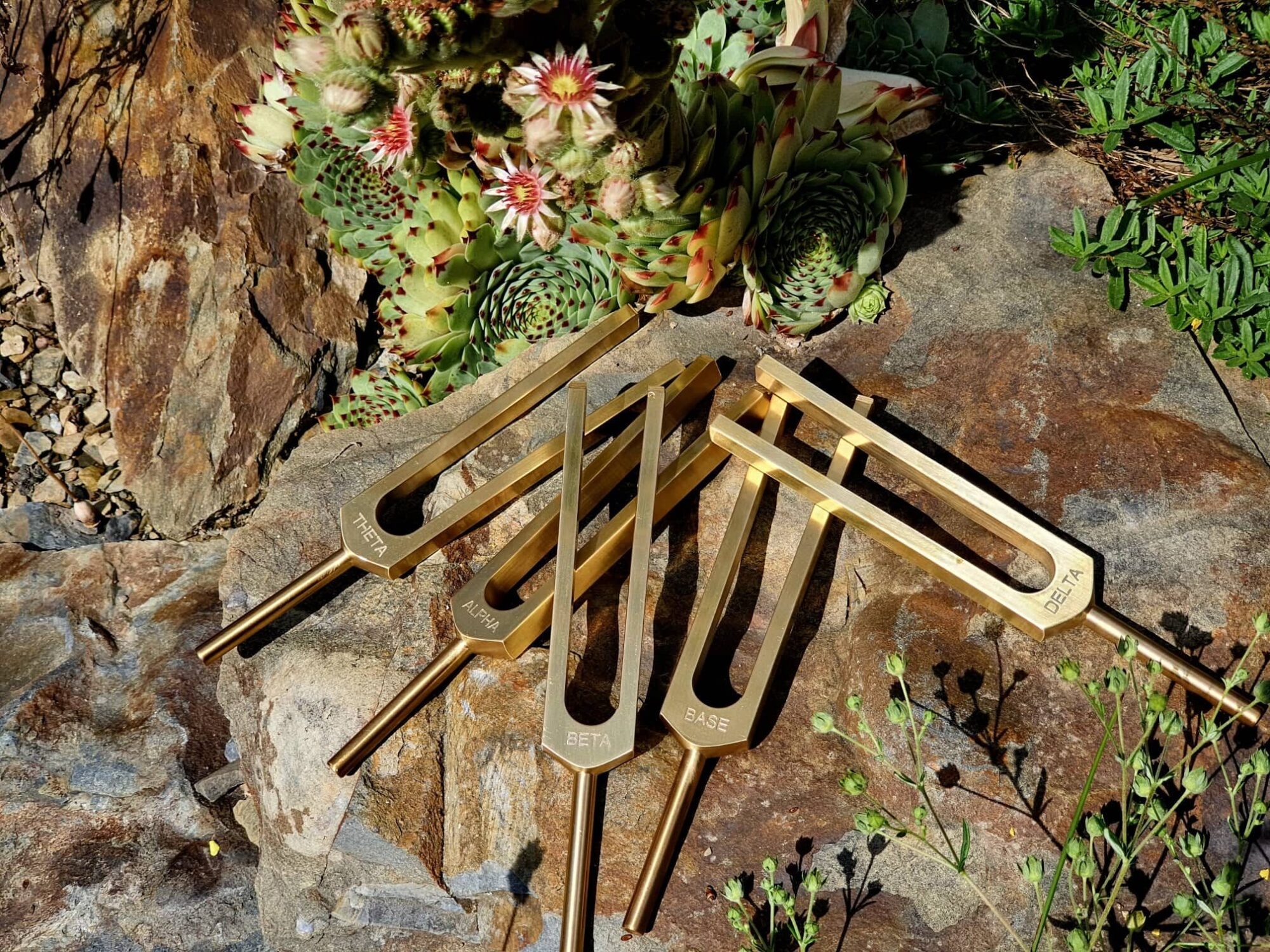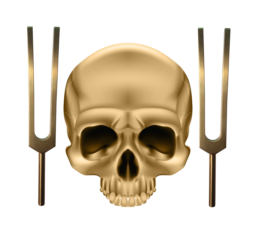Craniosacral biodynamics was born in the early 20th century from osteopathy. However, there are also references to the fact that the craniosacral system and cerebrospinal fluid were already dealt with in ancient Egypt, India and Peru.
Its founder is Dr. William Garner Sutherland, who focused primarily on the central nervous system. During his research, he discovered that the skull bones are not fused, and that they move with a rhythmic movement called primary respiration. Every cell in our body follows this movement, which has its own rhythm and is independent of breathing and heartbeat.
The quality of the cerebrospinal fluid, which washes the central nervous system and takes care of its protection, cleaning and nourishment, is essential. Our brain and spinal cord also float in cerebrospinal fluid. This is where the name craniosacral comes from – cranium (skull) and sacrum (cross-bone).
This method works holistically – connecting the body, mind and spirit. In silence and calmness, the therapist tunes into his central line and thus gives space for starting self-healing processes in the client’s body. The innate treatment plan in the client’s body knows exactly what to do to bring the whole mechanism back into balance. Thus, the therapist does not work with the client’s illness, but on the contrary tries to make room for health, which can then manifest itself.
Cranisoacral biodynamics helps to:
eliminate stress, tension or pain, harmonizes the nervous system, relieve chronic fatigue and insomnia, relax, relieve back, joint and spine pain, deal with headaches or migraines, hormonal disorders and problems of psychosomatic origin, strengthen the body’s immunity, treat post-traumatic conditions or addictions.
It complements perfectly with the use of therapeutic tuning forks.
Kraniosakrální biodynamika se zrodila na počátku 20. století z osteopatie. Existují však i zmínky o tom, že kraniosakrálním systémem a mozkomíšním mokem se zabývali již ve starověkém Egyptě, Indii a Peru.
Jejím zakladatelem je Dr. William Garner Sutherland, který se zaměřoval především na centrální nervový systém. Během svého výzkumu zjistil, že lebeční kosti nejsou srostlé a že se pohybují rytmickým pohybem zvaným primární respirace. Každá buňka v našem těle sleduje tento pohyb, který má svůj vlastní rytmus a je nezávislý na dýchání a srdečním tepu.
Zásadní je kvalita mozkomíšního moku, který omývá centrální nervový systém a stará se o jeho ochranu, čištění a výživu. V mozkomíšním moku se také nachází náš mozek a mícha. Odtud pochází název kraniosakrální – cranium (lebka) a sacrum (kost křížová).
Tato metoda funguje holisticky – propojuje tělo, mysl a ducha. V tichu a klidu se terapeut naladí na svou centrální linii a tím dává prostor pro spuštění samoléčebných procesů v těle klienta. Vrozený léčebný plán v těle klienta přesně ví, co dělat, aby se celý mechanismus vrátil do rovnováhy. Terapeut tedy nepracuje s nemocí klienta, ale naopak se snaží udělat prostor pro zdraví, které se pak může projevit.
Kraniosakrální biodynamika pomáhá:
odstraňovat stres, napětí nebo bolest, harmonizovat nervový systém, zmírňovat chronickou únavu a nespavost, relaxovat, zmírňovat bolesti zad, kloubů a páteře, řešit bolesti hlavy nebo migrény, hormonální poruchy a problémy psychosomatického původu, posilovat imunitu organismu, léčit posttraumatické stavy nebo závislosti.
Dokonale se doplňuje s terapeutickými ladičkami.

